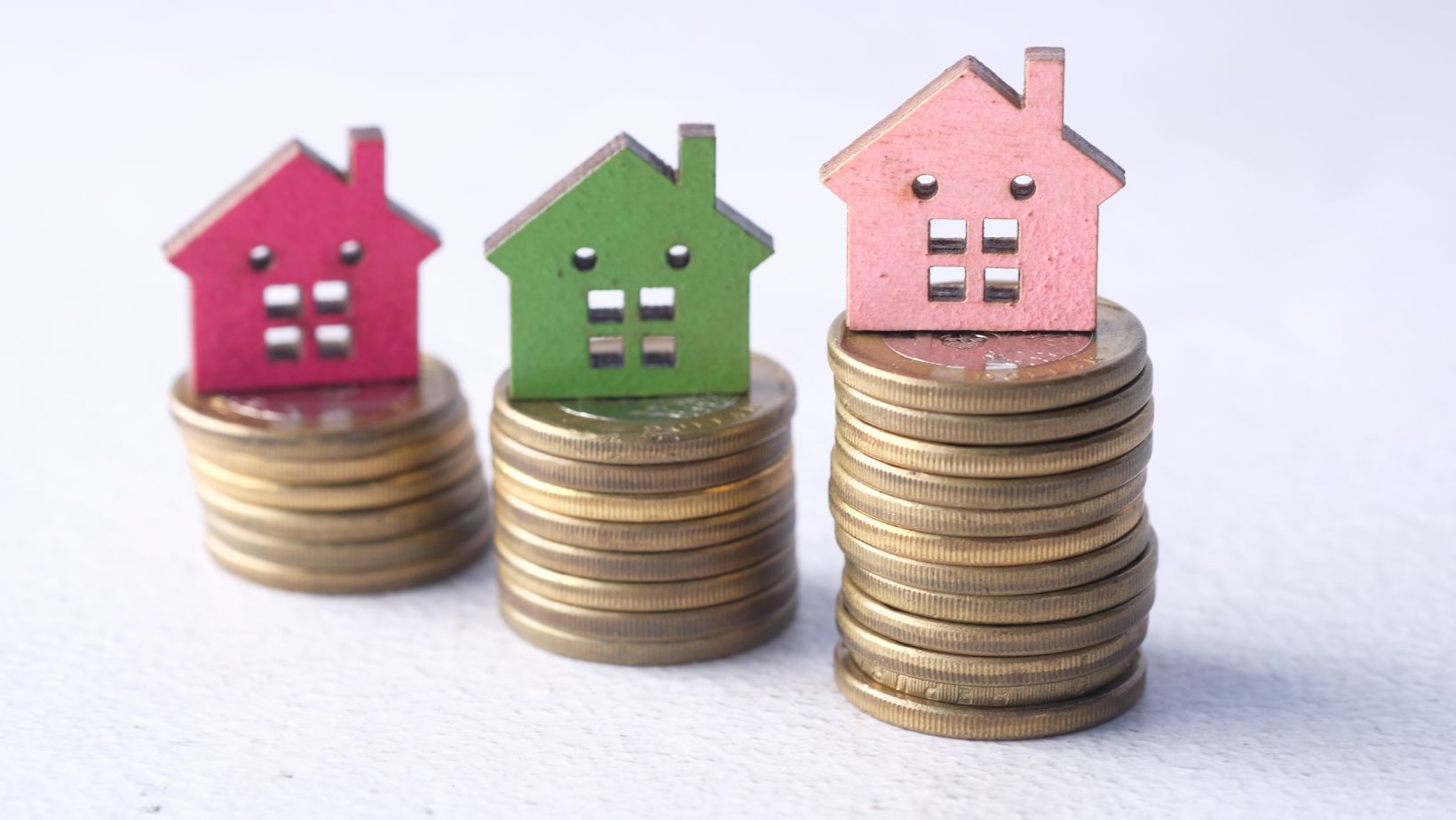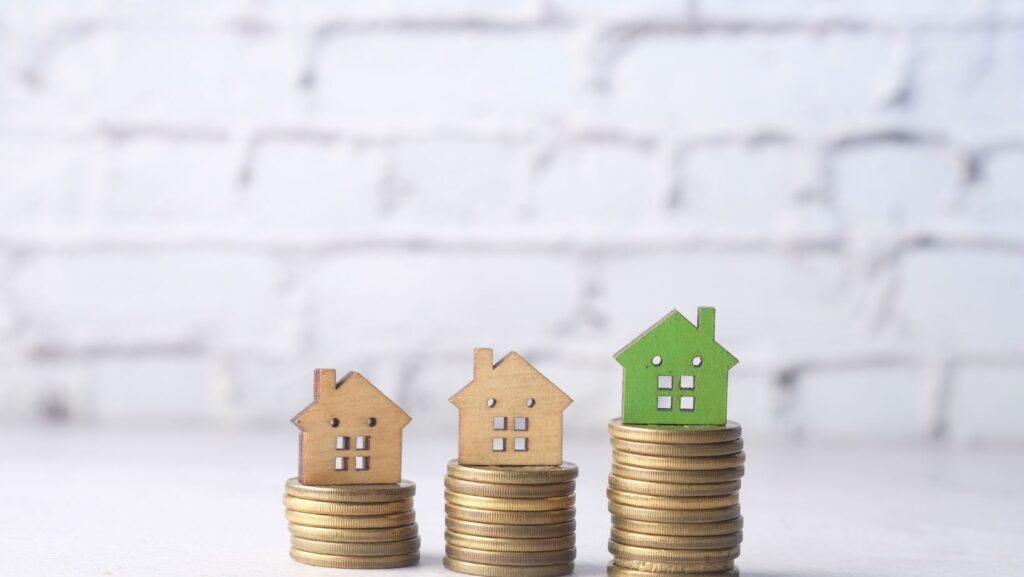Many homebuyers and real estate investors now prioritize sustainability and environmental responsibility. This shift in mindset has made eco-conscious landscaping a significant factor in determining a property’s overall appeal and value. By adopting green strategies—such as selecting native plants, optimizing water usage, and minimizing harmful runoff—homeowners can enhance their properties while also contributing to a healthier environment.
As a homeowner or prospective seller, you may have noticed the growing trend of sustainability in property enhancements. Buyers are increasingly interested in homes that not only offer aesthetic appeal but also align with eco-friendly values. HML Landscape Design can play a crucial role by providing personalized, sustainable landscaping solutions that elevate both the beauty and functionality of your outdoor spaces.
The importance of sustainable landscaping
Buyers today view landscaping through a broader lens. Not only do they want an outdoor setting that looks attractive, but they also want one that is functional, cost-effective to maintain, and kind to the planet. Sustainable landscaping meets all these criteria by creating outdoor spaces that thrive even in changing climates, often requiring fewer resources than traditional lawn-and-shrub designs.
Integrating sustainable elements into your landscape design ensures long-term benefits for both you and the environment. Features such as native plants and water-efficient systems contribute to reducing resource consumption while enhancing the overall aesthetic of your property. This approach not only preserves natural resources but also leads to significant savings on utility bills and maintenance costs over time.
Furthermore, the adoption of eco-friendly practices can significantly impact community well-being. By reducing water runoff and chemical use, sustainable landscapes promote healthier ecosystems and cleaner local waterways. This commitment to environmental responsibility enhances your property’s appeal, making it more attractive to environmentally conscious buyers.
Boosting property value through green elements
Landscaping accounts for a significant portion of a property’s first impression, and a well-planned outdoor area can noticeably increase real estate value. From a financial perspective, homeowners benefit from lower water bills, fewer chemical treatments, and reduced lawn maintenance expenses. Moreover, potential buyers may be willing to pay a premium for a home that demonstrates eco-friendly features.
By investing in native plants and water-smart irrigation systems, sellers signal to prospective owners that this property is both budget-friendly and aligned with sustainable ideals. These elements are not just environmentally sound; they also create visually pleasing landscapes that enhance curb appeal. In a competitive housing market, such features can be key differentiators that influence buying decisions.
Sustainability-focused upgrades provide long-term savings by lowering energy consumption for irrigation and reducing dependency on synthetic fertilizers. The implementation of these practices results in robust plant growth and healthier soil conditions, which further increase the desirability of your property.
Key eco-friendly landscaping practices
One of the most effective ways to integrate sustainable design is to use vegetation that naturally thrives in the local climate. Native plants are typically more resistant to pests and can survive on less water due to deep root systems. Meanwhile, rain gardens and permeable paving help manage runoff by allowing water to seep into the ground rather than pooling on pathways or driveways.
These small adjustments can significantly reduce the environmental impact of a residential property. Additionally, choosing organic mulches and compost over chemical-laden fertilizers accelerates soil health and ensures that vital nutrients return to the land. Mulch also helps maintain moisture levels, cutting down on irrigation and preventing the spread of weeds. When dealing with invasive plants or persistent weeds, understanding what is the strongest weed killer for the situation can make maintenance more efficient without compromising sustainability efforts.
By focusing on healthy soil, homeowners create an ecosystem that supports insects and wildlife, nurturing a more vibrant and diverse backyard environment. This approach not only fosters biodiversity but also contributes to a self-sustaining garden ecosystem.
Simple ways to enhance a greener outdoor space
Homeowners looking to infuse sustainability into their yards can begin by creating distinct zones for different activities—entertainment, gardening, and relaxation. Grouping plants with similar watering needs together is a highly effective way to conserve water while maintaining plant health.
Additionally, installing a well-designed compost bin allows yard and kitchen scraps to be recycled into nutrient-rich fertilizer. Over time, these changes strengthen soil vitality, leading to robust plant growth. Choosing materials with minimal environmental impact further reinforces your commitment to sustainability without compromising style or functionality.
By embracing these practices, you contribute positively to your local ecosystem while enjoying an attractive yet low-maintenance landscape. These enhancements align with broader environmental goals while providing practical benefits for your home life.

